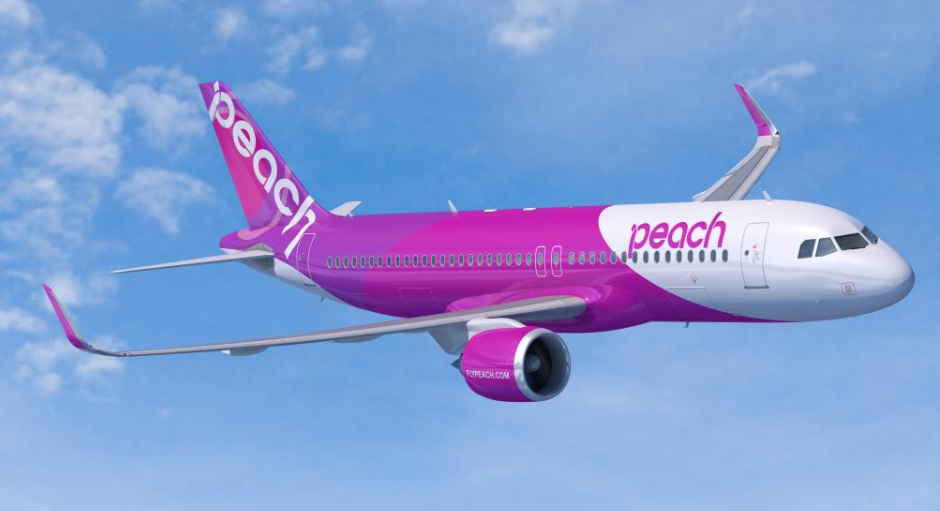Highlights:
- Air Busan and Eastar Jet have launched seasonal charter flights between Busan and Singapore;
- The route is the longest for both Korean LCCs and is one of the longest low cost narrowbody routes in Asia;
- Singapore-Busan could attract scheduled year-round services using re-engined narrowbody aircraft but bilateral constraints are for now a major impediment.
Eastar Jet began operating the Busan-Singapore route on 16-Jan-2019 using its new fleet of Boeing 737 MAX 8s. The service has since operated four times per week but is seasonal and will end on 7-Feb-2019. The South Korean carrier operates two 737 MAX 8s, which were delivered in Dec-2018. Busan-Singapore is the longest route flown by the type and actually the airline's longest route overall.
Air Busan launched Busan-Singapore on 4-Jan-2019 and operated the route twice weekly for less than a month. Air Busan's last Singapore flight departed from Singapore on 30-Jan-2019. Air Busan used A321ceos on the route - likely with payload limitations - but is aiming to resume Busan-Singapore service in late 2019 using a new fleet of A321neos (which have not yet been delivered).
Eastar Jet has based in Busan one of its 737 MAX 8s, which is currently being deployed on the Busan to Bangkok and Singapore routes as well as short haul flights to Jeju and Osaka. Its other 737 MAX 8 is currently based at Seoul Gimpo and is only being currently used on the short hop to Jeju.
Singapore is its sixth destination in Southeast Asia after Bangkok, Puerto Princesa in the Philippines and Da Nang, Hanoi and Nha Trang in Vietnam. All these destinations are served with 737-800s except Bangkok, which is currently served with 737 MAX 8s from Busan and 737-800s from Jeju and Seoul. Eastar Jet's three Bangkok routes are all slightly shorter than Busan-Singapore.
Singapore also (temporarily) became Air Busan's sixth destination in Southeast Asia after Da Nang, Hanoi, Cebu (Philippines) Siem Reap (Cambodia) and Vientiane (Laos). Busan-Vientiane, which is slightly over five hours, is Air Busan's longest year-round route. The airline will likely expand its network deeper into Southeast Asia following the delivery A321neos. Its current fleet consists of A320ceos and A321ceos. Eastar Jet will also likely continue to pursue expansion in Southeast Asia as it takes more 737 MAX 8s.
READ MORE.. For more insights on Asia's emerging low cost long haul narrowbody segment see this recent CAPA analysis report Low cost long haul narrowbody aircraft: Asian gamechanger?
Low cost long haul narrowbody aircraft: Asian gamechanger?
The Blue Swan Daily believes Busan-Singapore is an ideal route for new generation long range narrowbody aircraft, particularly for LCC operators. The local Busan-Singapore market is large enough to support a regular service, particularly with a narrowbody aircraft and under the LCC model (as most of the market consist of price sensitive leisure passengers).
Unfortunately, Busan-Singapore has not yet attracted a regular service due to a very restrictive South Korea-Singapore air services agreement. The current bilateral has been fully or nearly fully utilised for several years and rights that have become available are always used for Seoul-Singapore, a more established market that has been suffering from under-capacity.
South Korea could agree to open up the South Korea-Singapore market - at least for the underserved Busan-Singapore route - but has so far been reluctant despite repeated requests from the Singapore side.
The new seasonal Eastar Jet and Air Busan services on the Busan-Singapore route are both operated as charters. Hopefully in future they will have an opportunity to operate as scheduled flights.
Eastar Jet, Air Busan and other Korean LCCs such as Jeju Air are keen to operate scheduled flights to Singapore using re-engined narrowbody aircraft, which offer improved range over older models. Singapore Airlines LCC subsidiary Scoot, which began operating A320neos in late 2018, would also likely consider the route if provided an opportunity.